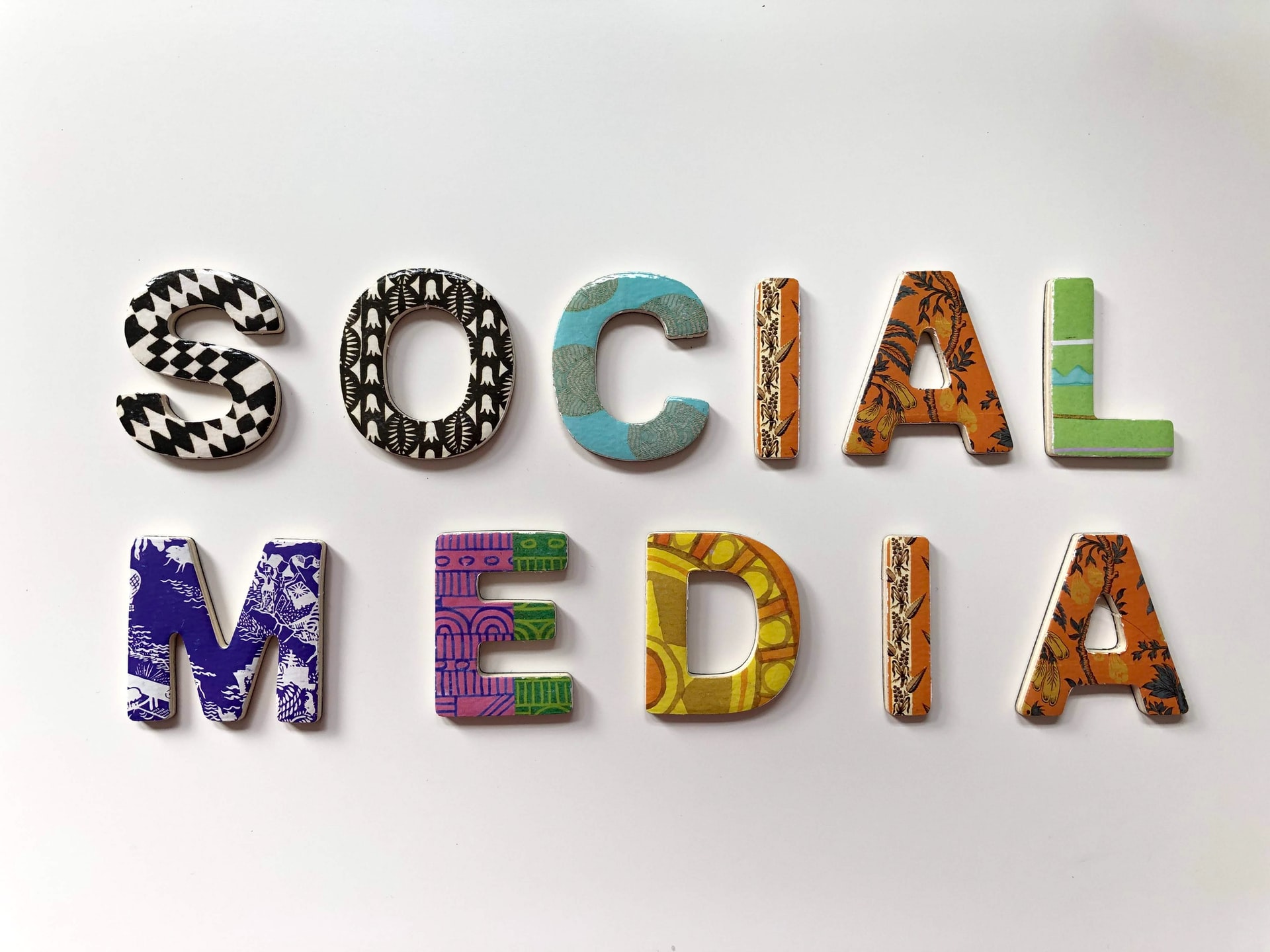When we browse social networks it is very common to find, on various posts, one or more terms (words or sequences of words or acronyms) preceded by an erasure (#). These are the now-famous hashtags and in this article we will go into their main dynamics of operation and their usefulness.
What is a hashtag?
As mentioned above, a hashtag is either a word or a sequence of words or an acronym preceded by the hash symbol (#). For most people, using popular hashtags on their posts is a matter of fashion or the style of their posts, which are filled with hashtags to emphasize, joke about, or humor what is being posted.
However, hashtags are much more than a fashion or customary feature on social networks.
In fact, hashtags are a very powerful digital marketing tool for all companies that want to develop visibility and virality on social networks.
In the following paragraphs we delve into all the practical aspects on the use of hashtags in social media marketing.

How to correctly spell a hashtag?
Although the use of the first hashtag dates back to a tweet by Chris Messina on Twitter in 2007 and almost 15 years have passed since then, there are still many people who continue to make mistakes in the way they write and add hashtags in the posts they make on social networks.
So here is how to properly spell a hashtag: #word or #wordsequence or #acronym followed by space which ensures that each hashtag is easily identifiable and works on all social networks. In other words, a hashtag will work well when the hash mark (#) is preceded by a space and is attached to the term you want to use as a hashtag.
How to tell if a hashtag is spelled correctly?
The easiest and most direct way to tell whether we have written a hashtag correctly, and whether the platform on which we wrote it supports hashtags, is to check whether, once published, it has activated, that is, whether it has become “clickable.” In fact, an active hashtag, once clicked will open up a new world of content, all tagged with the same hashtag. This is precisely the usefulness of hashtags, which we elaborate on in the next section.

What is the usefulness of hashtags?
To explain the usefulness of hashtags, let us try for a moment to imagine a hashtag, e.g., the hashtag #sport, as if it were a glass container, “labeled” with the hashtag in question, in which there are cookies, and let us try to imagine that each cookie is a post created by a social network user.
Whenever any user in the world creates a post to which they add #sport, this post will end up in the relevant receptacle.
Let us now imagine that we are a user who wants to discover all posts tagged with #sport. All we have to do is search for this hashtag in the search field of any social network or click on #sport of a post that contains it, and as if by magic we will have before our eyes all the content of a #sport-themed social network.
Let’s take a practical example: click on this #sport to discover all instagram posts that contain this hashtag. At the time this article was written there were 90,669,061.
In short, by “tagging” a post with a particular hashtag we bring it into a collection of content that contains that hashtag. In this way, our post becomes easy to find by users interested in the topic related to the hashtag we used.
Now imagine that you are the owner of a company that manufactures sporting goods. You want to make your products known to all people interested in sports. All you need to do is create and publish posts on social networks in which you talk about your articles and to which you put the hashtag #sport. By doing so, you will make Your articles visible to all sports enthusiast users who follow and search for this hashtag.
So now you can imagine the communicative power of hashtags, especially of their strategic and targeted use for advertising visibility of products and services.
At this point you probably have the question, “How do I know which hashtags to use to give visibility to my posts?” The answer to this question lies in the next paragraph.
How to choose the right hashtags to get lots of targeted visibility?
Choosing the right hashtags is very important to ensure that our posts are seen by the target audience we want to reach. But how do we know which hashtags are right?
All it takes is a little common logic and some time spent researching the most popular hashtags, and choosing the right hashtags to give visibility to each of our posts becomes a simple and straightforward process. One tool that can be helpful in identifying the right hashtags for each post we create can be the following list of questions:
1. is my post related to my brand? If yes then I will use a brand hashtag e.g. #cocacola
2. is my post related to a place? If yes then I will use a place hashtag e.g. #roma or #school
3. is my post related to an experience? If yes then I will use an experience hashtag e.g. #swimming
4. is my post related to a state of mind? If yes then I will use a mood hashtag e.g. #happiness
5. is my post related to a recurrence or a moment in time? If yes then I will use a time hashtag e.g. #summer #new year
6. do I want to tie the post to a current social trend? If yes then I will use a trending hashtag e.g. #instagood or #selfie or #picoftheday
Once I have selected the hashtags I will use on a post, it is a good idea to type them into the search field of the social networks on which I will use them to see how many posts each hashtag contains. This is because it is a good idea to avoid using both hashtags that contain too few (a few hundred) and those that contain too many (millions). So on the one hand I make sure that I am using hashtags that have a consitent following and that my posts are not “lost” among millions of posts with the same hashtags. In the next section we look at some elementary rules to follow to make sure the hashtags we use work well.
The golden rules on using hashtags to promote goods and services.
This section is devoted to some simple rules to follow, when using hashtags, to avoid making mistakes. Here they are:
Avoid the use of high or low symbols and hyphens 1.
2. avoid the use of numbers only; numbers-only hashtags do not work
3. avoid the use of spaces in hashtags made up of multiple words or words and numbers, e.g. #summer2021
4. use uppercase letters to make hashtags more readable when they are made up of multiple words, e.g., #YearNew
5. always remember the space between hashtags
6. remember that no numbers, letters or words should be attached before the gate e.g. year#new is not good!
7. avoid duplicate hashtags because they will not be active
8. use short hashtags because they are easier to remember
9. observe the hashtags used by competitors and use them to counter their visibility
10. avoid the massive and indiscriminate use of hashtags
11. always use hashtags aligned with the language customs of each nationality of users you want to reach
As you read step 10 of these rules, you probably wonder what is the right number of hashtags to use on each post? Read the next paragraph to find out.

How many hashtags to use on each social network?
The number of hashtags to use on a post depends mainly on one factor: the type of users who post it on a social network.
– If a post is published from a personal profile then the number of hashtags used does not have much relevance.
– On the other hand, if a post is published by a business page or profile then it is a good idea to keep the number of hashtags used low and keep their relevance high with regard to the content in which we want to categorize our post. In summary, we should avoid using more than 3 hashtags at all costs and should we need any more we should never exceed 5 hashtags. Otherwise, the risk we face is that our posts may be considered spam by social network algorithms, and as a result, their visibility, instead of increasing, may decrease dramatically
If you need insights into the world of social media marketing and would like to leverage social networks to promote your company or business, you can contact us through the form on our contact page or by writing us a private message on our social profiles.
Athanassios Karaiannis
Digital Marketing Specialist & Co-founder
Uniquely Digital

